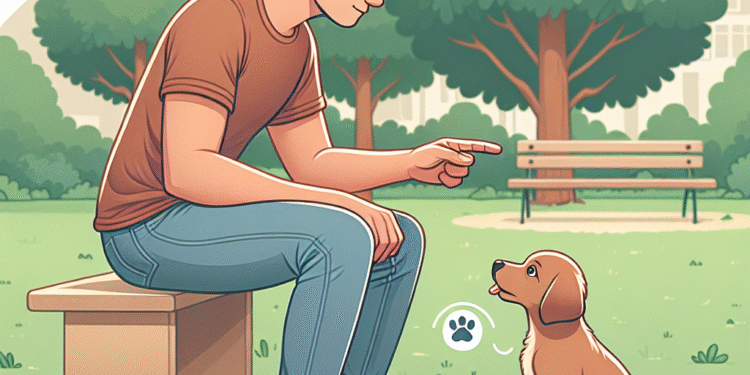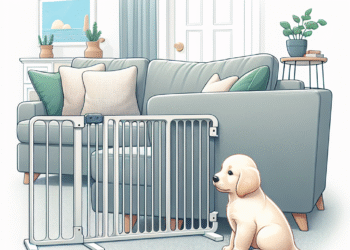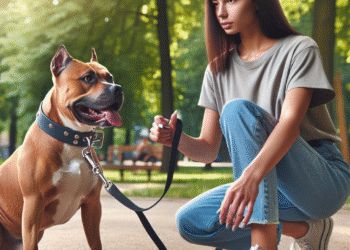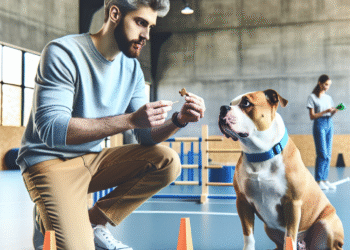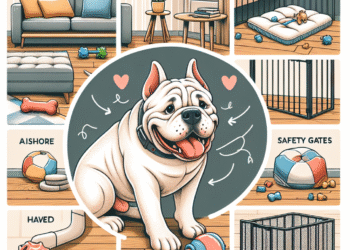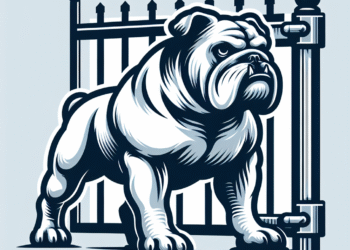Bringing a puppy into your home is a joyous occasion filled with laughter, love, and plenty of cuddles. However, it can also come with its own set of challenges—particularly when dealing with a pup that has a somewhat domineering personality. Understanding how to establish a healthy hierarchy with your puppy is crucial, and teaching them essential commands is the key to a harmonious relationship. In this article, we explore the most vital commands every puppy should learn to help tame the bully in them.
1. Sit
The "Sit" command is one of the fundamental building blocks of obedience training. Teaching your puppy to sit not only gives you control over their energy levels but also helps them learn patience.
How to Teach:
- Get their attention: Use a treat or toy to engage your puppy.
- Guide them: Move the treat over their head; as they look up, their bottom will naturally lower.
- Reward: As soon as they sit, provide the treat and lots of praise.
- Repeat: Consistency is key. Practice regularly to reinforce the behavior.
2. Stay
The "Stay" command is essential for controlling your puppy’s impulses, particularly in situations where they might want to rush or jump.
How to Teach:
- Start with "Sit": Begin with your puppy in the sitting position.
- Extend your hand: Open your palm towards them and say "Stay."
- Take a step back: If they remain in position, return to them and reward.
- Gradually increase distance: Slowly increase the distance you move away before rewarding.
3. Come
A reliable recall can be a lifesaver, especially if your puppy starts to get a bit too adventurous. Teaching them to "Come" when called can prevent dangerous situations.
How to Teach:
- Use a leash: Start in a controlled environment.
- Say their name: Call your puppy while gently pulling on the leash.
- Reward: Praise and treat them when they come to you.
- Practice off-leash: Once they master it on-leash, try it in a safe, enclosed area.
4. Leave It
The "Leave It" command is perfect for preventing unwanted behaviors, such as picking up something harmful or engaging in unwanted chewing. This command teaches your puppy to be aware of their environment.
How to Teach:
- Hold a treat: Show it to your puppy, letting them sniff.
- Close your fist: If they try to grab the treat, say "Leave it" firmly but calmly.
- Reward for patience: After they back off, reward them with a different treat from your other hand when they remain calm.
5. Down
The "Down" command helps establish a calm and submissive state, which is particularly useful for energetic puppies who might be a bit too rambunctious.
How to Teach:
- Use a treat: Hold a treat close to their nose.
- Guide down: Move your hand to the ground. Your puppy should follow it, stretching down.
- Reward promptly: As they lay down, give them the treat and lots of praise.
- Practice regularly: Keep reinforcing this command consistently.
6. No!
While not a formal command, teaching your puppy what "No!" means is essential for discouraging unwanted behaviors—like biting, chewing on furniture, or jumping up on guests.
How to Teach:
- Be consistent: Use "No!" every time they engage in undesired behavior.
- Redirect: Offer them an alternative behavior or toy.
- Praise the positive: When they respond to the redirection, praise them enthusiastically.
7. Wait
Teaching your puppy to "Wait" can help them learn impulse control, an essential skill for a well-behaved pet. This command is especially useful before meals or at doorways.
How to Teach:
- Start with "Sit": Get your puppy to sit.
- Give the command: Say "Wait" while stepping away.
- Reward when they stay: If they remain in position, give them a treat and praise after a few seconds.
Conclusion
Training your puppy isn’t just about establishing obedience; it’s also about building a trusting relationship. While teaching these essential commands may require time and patience, the long-term benefits will create a harmonious household and help “tame the bully” in your pup. Remember, consistency and positive reinforcement are crucial in making training a fun and rewarding experience for both you and your furry friend. With love, patience, and these essential commands, you can navigate puppyhood and set the foundation for a well-mannered dog.


